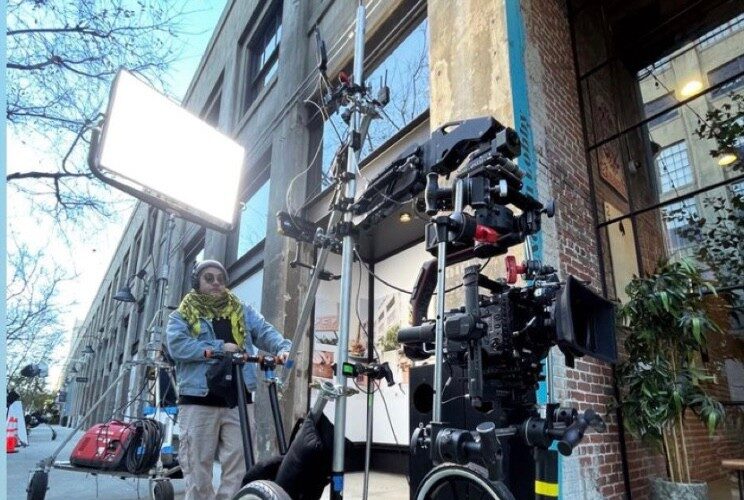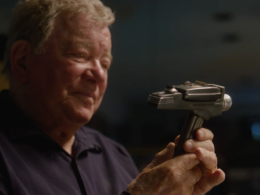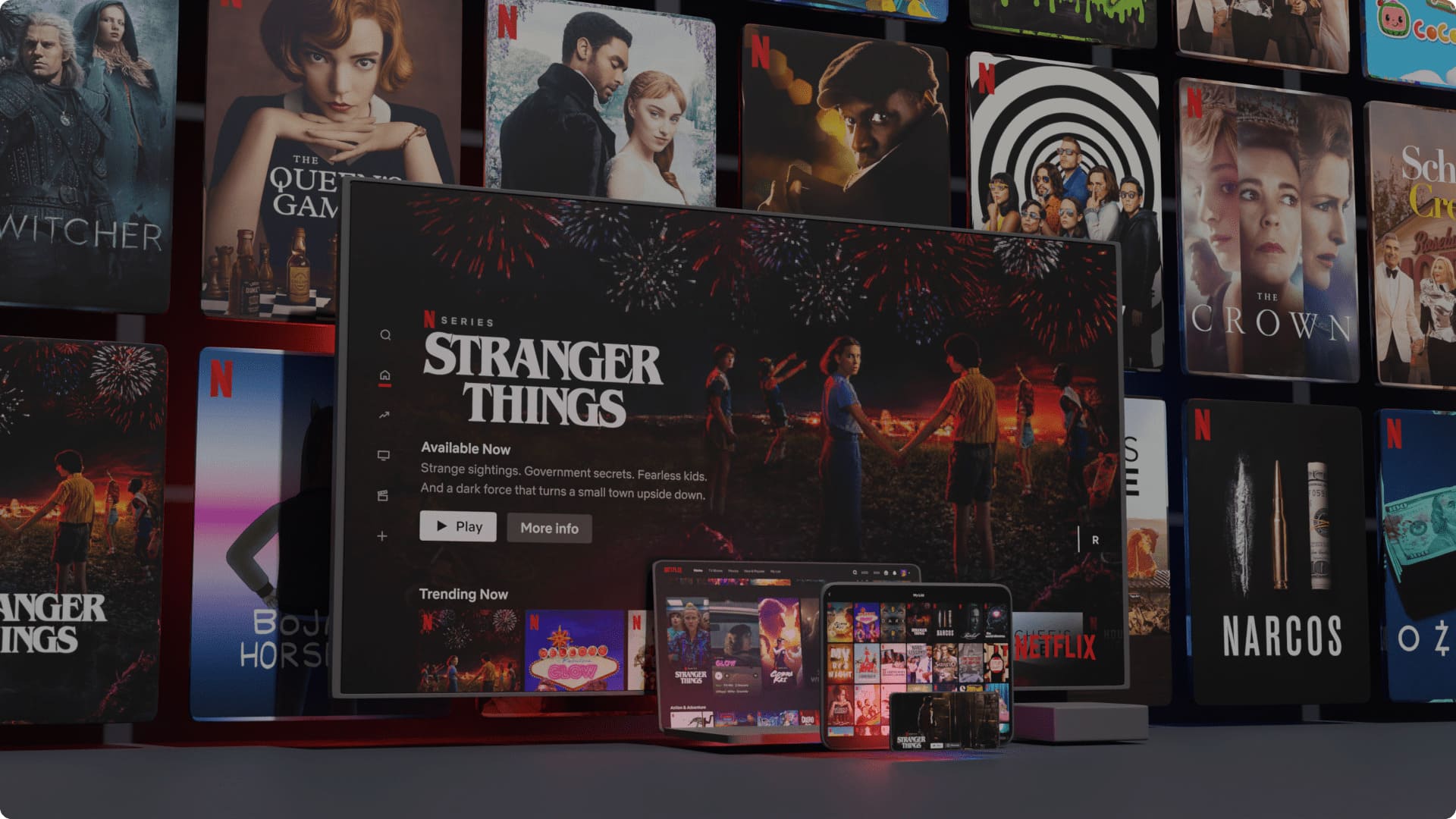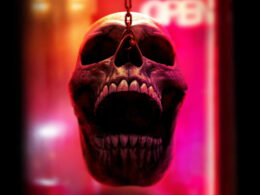On a brisk morning in downtown Los Angeles, Leo Sfeir kneels amid a forest of C-stands and diffusion frames, their gloved hand adjusting the barn doors on a tungsten fixture until a fingertip–thin shaft of light grazes the actor’s cheek just so. In that split second, an ordinary frame becomes a moment of quiet poetry—an interplay of shadow and illumination that draws the audience into the character’s inner world. For Sfeir, this is the alchemy of cinematography: the ability to conjure emotion through nuance, to speak volumes with a single shaft of light.
Fifteen years ago, Sfeir was still discovering this power. As a child in France, they spent hours sketching charcoal studies of faces and tinkering with a handheld camcorder borrowed from a neighbor. It wasn’t until a summer filmmaking camp that they felt the first real spark. “I was astonished at how much fun I had,” Sfeir recalls, reflecting on their first short film. That exhilaration led them to the mentorship of acclaimed cinematographer Marianne Tardieu, where they absorbed the emotional possibilities of lighting. “Lighting became like painting with lights,” they say. That insight married their early passion for the plastic arts with the kinetic magic of cinema—and set them on an extraordinary journey.
After earning a diploma in cinematographic studies, Sfeir relocated to Los Angeles to pursue an MFA at UCLA’s famed film school. Their thesis project—an experiment in replicating the rich grain and warmth of 16 mm film through digital workflows—anticipated the industry’s growing appetite for analog aesthetics on tighter budgets. By pioneering novel color-grading techniques and engineered grain overlays, they demonstrated that creative ingenuity could democratize cinematic beauty for independent filmmakers.
Early in their career, Sfeir cut their teeth as a key grip and gaffer on music videos and commercials, learning to balance technical discipline with artistic boldness. These on-set experiences became invaluable when they transitioned to cinematographer and lighting designer, roles that demand both rigorous planning and spontaneity. “Every project comes with its own set of challenges and a unique emotional landscape,” Sfeir explains. “My job is to listen—to the director, the actors, and to the story itself—and to translate intention into light.”
Over the past decade, Sfeir’s résumé has grown to include a striking array of independent films, high-profile music videos, and global commercial campaigns—each distinguished by a commitment to emotional authenticity.
In the realm of music, Sfeir has lent their talents to artists who demand both visual spectacle and emotional resonance. On Avril Lavigne and Travis Barker’s electrifying “Bite Me,” Sfeir layered pulsing strobes with moody backlight to capture the duo’s punk-pop energy. For Big Sean & Hit-Boy’s anthemic “What a Life,” they balanced kinetic handheld camera moves with warm, saturated fills—creating a visual vocabulary that matched the song’s triumphant tone. Each video, whether for Big Sean, or Big Time Rush, illustrates Sfeir’s knack for marrying technical precision with stylistic flair.
Global brands have also turned to Sfeir for his ability to elevate advertising into art. On Nike’s campaign featuring elite track athletes, they used high-contrast rim lights to sculpt muscles and dramatize motion. In a Dior fragrance spot, they employed soft, flattering key lights and subtle backlight haze to evoke the scent’s ethereal quality. From FILA’s retro-styled sport ads to Coca-Cola’s sunlit lifestyle vignettes, Sfeir’s lighting schemes balance brand demands with cinematic virtues, proving that commercials can leave a lasting visual impression.
Sfeir’s breakthrough came with Text Me When You Get Home, a tender short about the complicated rites of passage between childhood friends. Exhibited at Shockfest alongside Rob Zombie’s latest horror, the film showcased Sfeir’s gift for imbuing simple domestic interiors with a sense of intimacy. Their follow-up, D for Daughter, garnered festival recognition from Rhode Island to Hong Kong, celebrated for its chiaroscuro compositions that mirrored the protagonist’s inner conflict. Other celebrated shorts, like Transcendance—a meditative portrait of a burlesque dancer—found homes at the Hammer Museum, where Sfeir’s sumptuous silhouettes and muted palettes underscored the dancer’s private world.
Central to Sfeir’s approach is an unwavering belief in the collective nature of filmmaking. “Filmmaking isn’t a one-person art,” they remind. On set, Sfeir fosters a spirit of mutual respect—welcoming input from production designers, costume stylists, and camera operators. They recall one shoot where a wardrobe change clashed with their planned lighting setup; instead of insisting on adjustments, Sfeir worked with the costume department to integrate LEDs into the garment itself, turning a problem into a creative opportunity. It is this blend of humility and inventiveness that has earned them the loyalty of directors and crews alike.
As a non-binary trans cinematographer (whose pronouns are they/him), Sfeir has navigated an industry where behind-the-camera representation remains sparse. “Representation of trans people behind the camera… is still very poor,” they observe. Determined to change that narrative, Sfeir deliberately hires diverse crews and champions emerging trans and queer talent. Their short film Autoandrophile—a surrealist horror piece featuring an all-trans cast and largely queer crew—exemplifies this commitment. “There is an amazing, indescribable feeling about being able to uplift my community,” Sfeir reflects.
They also use their voice to mentor young LGBTQ+ filmmakers, working with queer production companies like Vincent House and Project 54. Their message is clear: creativity flourishes when all voices are welcome, and authenticity on screen begins with inclusion behind the camera.
Sfeir’s artistry has not gone unnoticed. They have received multiple Best Cinematography and Best Director awards at festivals from Toronto to Rhode Island. Text Me When You Get Home won Best Short Women’s Issue Film at the Toronto Independent Film Festival, and D for Daughter was a finalist at Flickers’ Rhode Island International Film Festival and the Vancouver Independent Film Festival. Their MFA thesis project earned a special jury mention at UCLA’s digital innovation showcase. Alongside these honors, Sfeir has contributed to Oscar-qualifying projects and worked on live television performances for The Tonight Show Starring Jimmy Fallon, illuminating the intersection of film craft and mass media.
Sfeir’s most recent project, Slut in Training, is a comedy short currently making festival rounds from Austin to Chicago. Shot emulating richly textured Super 16, the film follows a young, introverted woman going to a class to learn how to “get out there and meet someone.” Sfeir’s cinematography strikes a careful balance between gleaming lights and subtle framing—capturing the extreme mental states that the character experiences. Festival audiences have lauded Slut in Training for its visual inventiveness, and Sfeir counts it among their proudest achievements.
Whether coaxing warmth from tungsten fixtures or sculpting color temperature with LED panels, Sfeir approaches every tool as an extension of the story. They remain an advocate for shooting on celluloid when the budget allows—citing the discipline it imposes and the organic texture it imparts—yet they are equally comfortable pushing the boundaries of digital cinematography. Their collaborations with colorists have led to custom LUTs that replicate analog film stocks, while their custom-built rigs enable nimble movement on indie sets.
Beyond technology, Sfeir emphasizes emotional intelligence. “A camera can only capture what you make it feel safe to reveal,” they say. By building trust with actors and cultivating an atmosphere of openness, Sfeir ensures that every frame is charged with authenticity.
Looking ahead, Leo Sfeir is in talks to lens two feature films centered on trans narratives—projects that promise to bring underrepresented stories to the forefront of independent cinema. They cite Elliot Page and Billie Eilish among dream collaborators, imagining partnerships that blend boundary-pushing artistry with genuine emotional honesty. Meanwhile, ongoing collaborations with media companies like Vincent House and Project 54 will continue to foster new talent and amplify diverse voices.
After more than a decade in the business, Sfeir remains driven by the same spark that lit their first short film: the joy of painting with light. “Working in film is a true passion of mine and one of the few things that doesn’t get old to me,” they reflect. In an industry prone to fleeting trends, Sfeir’s steadfast blend of technical mastery, collaborative ethos, and commitment to representation ensures that their work will resonate far beyond any single frame.
As cameras roll and lights dim, audiences—and crews—will watch closely, knowing that in Sfeir’s hands, every shadow and highlight carries the promise of a story told with purpose, empathy, and the quiet confidence of a true cinematic visionary.
LinkedIn
Instagram
Imdb









